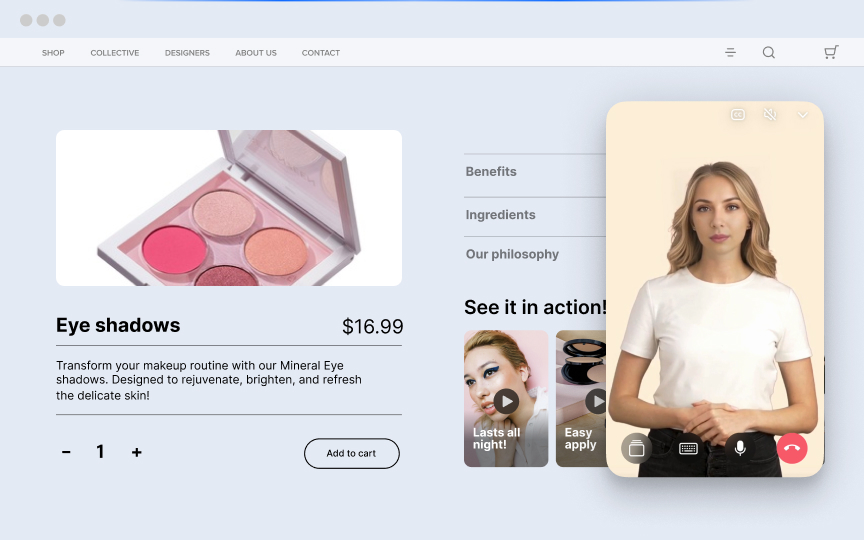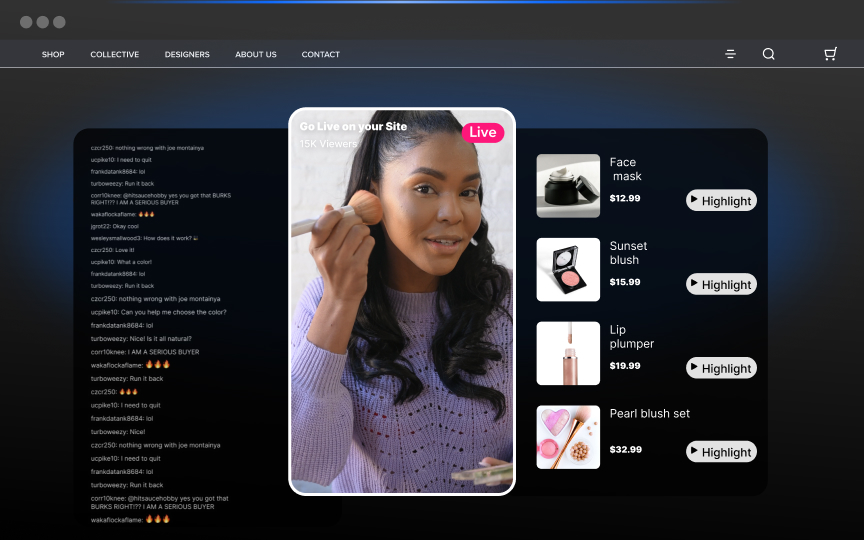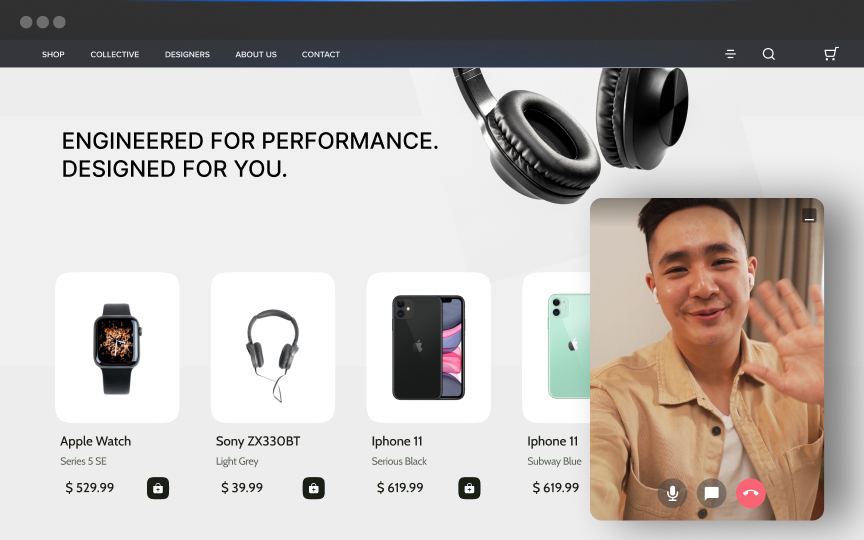Can video improve your SEO? Whether you’re building a brand or growing a business, SEO is a significant part of creating a strong digital presence. Today, video is considered a critical part of any content marketing strategy. More people are consuming video content, and younger generations prefer video over other media formats. While adding video to your website can make sense for sharing content, we’ll cover how video can help with your site’s SEO.
Is Video Good for SEO?
Video content is good for SEO, because it can help drive higher quality traffic to your website. Great video content can also generate more backlinks, and can keep people on your site longer. This can improve your site’s SEO overall and in the long-term.When generating search results pages, Google search prioritizes two things: quality of content and relevance to the search query. To determine this, Google scans for both text and for other types of media on the webpage. A website with quality visuals, like video, can signal to Google that it’s informative and credible, which can boost the website’s SEO.
Here’s How Video Helps Your SEO Efforts
At a more tactical level, how does video impact SEO? What results can you expect when you implement video for your website’s content strategy? Below are five ways that video content can improve your website’s SEO while generating additional benefits for your business or brand.
1. Show Up in the SERPS
Google and other search engines currently show videos in their search results pages (otherwise known as SERPS). This means that video content—and the websites hosting them—can gain more visibility and better search results rankings.Google offers more visibility particularly for YouTube videos with its interactive SERP section, known as a video carousel. This is true on both desktop and mobile. Videos that rank well in Google search get the added benefit of additional traffic and views, even if the video is new or the channel is inactive. By creating videos around a specific search query, you can better control your target Google SERPs. Be sure to fill out and optimize your video’s headline, description, and other details so that Google can identify its relevance for search queries.
2. Helps to Engage Your Users
When determining a website’s authority and relevance, search engines like Google take user engagement into consideration. Engagement can be measured through metrics such as:
- CTR
- Bounce rate
- Volume of traffic
- View times and session duration
Video content can help with SEO by increasing engagement and time spent on a page. Users are more likely to watch videos than read a lengthy article or content, keeping them on the page longer and reducing your bounce rate. After watching a video on an external platform, they’re more likely to click-through to visit your website. All of these actions are strong signals to Google for increasing your website’s search rankings.
3. Shareability and Backlinks
Users are more likely to link to videos on social media. This is important, because social shares can indirectly impact a website’s search rankings. A higher volume of social signals and shares is correlated with higher page ranks. Greater social media visibility can improve trust, brand awareness, and customer loyalty, which can also indirectly improve both your SEO and your overall online visibility.In addition, video content can support your backlink campaigns. Backlinks—or how often your website is linked to and the credibility of the websites that are linking to your site—is one of the main ways that a website can start to build domain authority. The higher the quality of your content, the more likely it is to get backlinks. Video is considered one of the top content formats that generate backlinks, so it should be a key tactic in your SEO strategy.
4. Reach New Audiences
If your website focuses primarily on written content, video will help you reach new users who primarily consume video content. Audiences are consuming more video content than before, and both millennials and Gen Z in particular spend a significant amount of time watching video. Adding video to your website can help you reach a broader audience with the media format they prefer, in the amount of time they want to spend consuming it.Even existing users who do like reading content may prefer video content in other contexts. For example, it can be easier to watch a product video than to read a product description, to watch a video tutorial than to read a step-by-step manual, or to watch a film trailer than read an article about a film.While reaching new audiences is a clear benefit to your marketing strategy, it’s also good for SEO. Search engines will notice when your website experiences more traffic with increased time spent, which will help improve your site’s rankings and authority.
5. Boost Your Conversions
Conversions can cover anything from filling out a form, making a purchase, and any other actions you want your visitors to take. Better conversion rates is a signal to Google that your website is trustworthy and relevant, particularly for users with high search intent. Videos can share information and evoke emotions in ways that written content can’t—ultimately inspiring action and driving more conversions. In fact, including a video on a landing page can increase your conversion rate by as much as 80%. Viewers are 64-85% more likely to buy after watching a product video, with viewers spending more time on the page and visiting more pages. By optimizing your website with video, you’ll both increase the likelihood of conversion and help indicate your website’s quality to Google.
Mistakes to Avoid with Video and SEO
What should be avoided with video SEO? Overall, your video content should not get in the way of having a positive user experience. For example, while adding new videos can make it faster and easier to share information, videos that take a long time to load will derail the user experience. Here are a few things to watch out for:
- Long load times: Make sure that your videos aren’t slowing down your page speed and score. Google has indicated that site speed (and page speed) is one of the signals it uses to rank pages. In addition, slow page loads can cost you in conversions.
- Improper video title tags and meta descriptions: Just as these details are important to fill out for your website, your video content also needs to be properly tagged with meta descriptions in the correct length.
- Not optimizing your video for mobile: Many users get their content from mobile primarily, or even mobile-first. Mobile-friendly sites can help you rank higher on SERPs. Check that your website is mobile-friendly, both overall and for video.
Ultimately, many of the same rules of developing good website SEO also apply to video. Set clear SEO goals, consider search intent, and stay updated on SEO best practices. Consider video to be one tactic in your SEO strategy, and make sure you know what you’re trying to achieve with video and your SEO overall.
Unlock Exclusive Insights
By submitting this form, you agree to Firework's privacy policy and consent to receive personalized marketing communications. You can unsubscribe at any time.
































